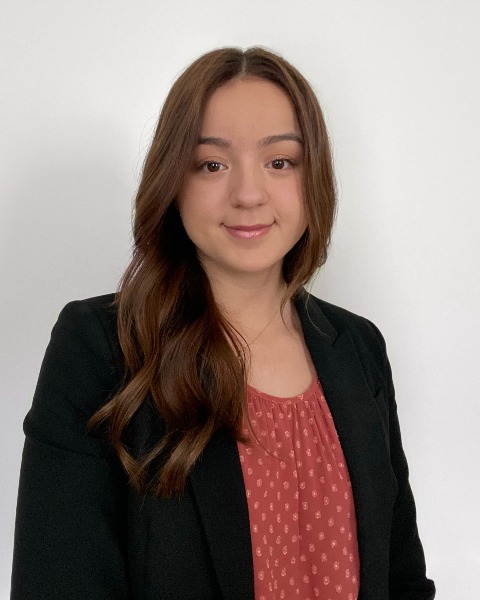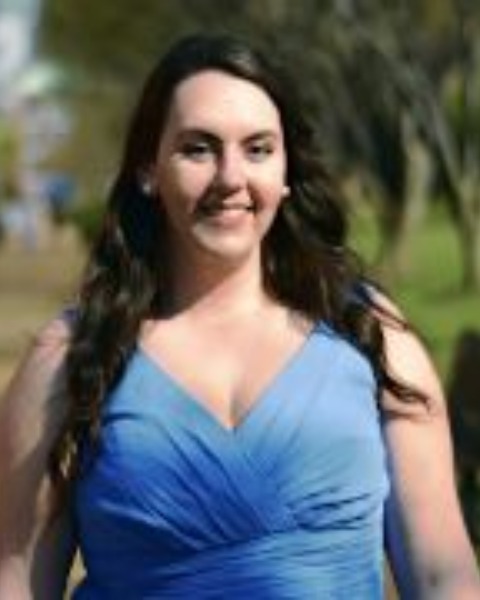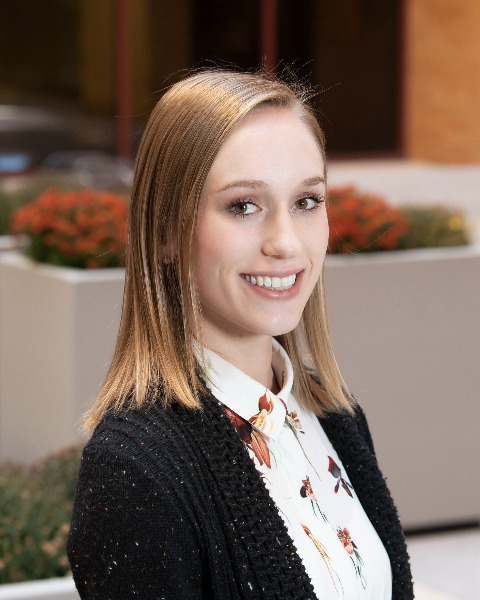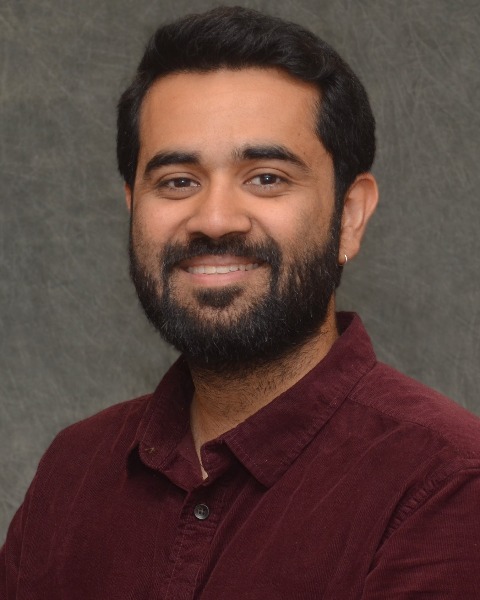Neuro-Audiology (NA)
PP1008 - Relationship Between Altered Auditory Temporal Processing and Speech Perception in Noise with Age

Claire Mitchell (she/her/hers)
Student Researcher
University of Pittsburgh
McMurray, PennsylvaniaFinancial Disclosures: I do not have any relevant financial relationships with anything to disclose.
Non-Financial Disclosures: I do not have any relevant non-financial relationships with anything to disclose.
Maggie Zink, BS, BA (she/her/hers)
PhD Student
University of Pittsburgh
University of Pittsburgh
Pittsburgh, PennsylvaniaFinancial Disclosures: I do not have any relevant financial relationships with anything to disclose.
Non-Financial Disclosures: I do not have any relevant non-financial relationships with anything to disclose.
Jacie R. McHaney, BS (she/her/hers)
PhD Candidate
University of Pittsburgh
University of PittsburghFinancial Disclosures: I do not have any relevant financial relationships with anything to disclose.
Non-Financial Disclosures: I do not have any relevant non-financial relationships with anything to disclose..jpg)
Bharath Chandrasekaran, PhD
Professor and Vice Chair for Research
University of PittsburghFinancial Disclosures: I do not have any relevant financial relationships with anything to disclose.
Non-Financial Disclosures: I do not have any relevant non-financial relationships with anything to disclose.
Aravind Parthasarathy, PhD
Assistant Professor
University of PittsburghFinancial Disclosures: I do not have any relevant financial relationships with anything to disclose.
Non-Financial Disclosures: I do not have any relevant non-financial relationships with anything to disclose.
Lead Presenter(s)
Contributor(s)
Summary:
Approximately 10% of patients visiting an audiology clinic for hearing difficulties have no abnormal clinical indicators, suggesting a mismatch between self-report of hearing challenges and results of the standard audiological battery. The top reported complaint in audiology clinics is difficulty hearing in noisy environments (e.g., a busy restaurant). These changes in hearing may be caused by cochlear synaptopathy or a diffuse loss of synapses between the inner hair cells and the auditory nerve, which does not change hearing thresholds but affects the neural representation of rapidly changing stimuli in the peripheral auditory pathway. However, there are currently no standardized noninvasive methods to measure synapse loss in human populations. Here, we study auditory temporal processing across young and middle-aged populations using envelope-following responses (EFRs), phase-locked neural responses that follow the envelope of an auditory stimulus. We compared EFRs with performance on two clinical speech perception tests: Words in Noise (WIN) and the Quick Speech-in-Noise (QuickSIN) test, to examine the relationship between these speech-in-noise metrics and auditory temporal processing.
Thirty-five younger (18-25 years) and middle-aged (40-55 years) adults with clinically normal hearing thresholds of ≤ 25 dBHL at 250-4000 Hz participated in this study. Extended high-frequency (EHF) thresholds were also collected, and participants completed a self-report Noise Exposure Questionnaire (NEQ) to estimate annual noise exposure. WIN scores were averaged at each signal-to-noise ratio (SNR) level as a function of age. QuickSIN was collected and scored using the standard clinical procedure. We measured EFRs to amplitude-modulated tones at varying amplitude modulation (AM) rates of 40, 110, 512, and 1024 Hz, using a 3kHz carrier frequency. To index neural responses from cortical and subcortical auditory regions, we computed slopes across average EFR response amplitudes.
Age groups did not differ in average annual noise exposure. For both ears, age groups had similar thresholds up to 8 kHz, but middle-aged adults had significantly higher thresholds at 12 and 16 kHz. There were no significant differences in performance on the QuickSIN test, but WIN scores significantly decreased with age at challenging SNRs below 12 dB. Middle-aged adults also demonstrated reduced EFR responses at faster modulations, which suggests that there may be deficits in peripheral auditory encoding. Collectively, the EHF loss, WIN scores, and EFR responses to fast AM rates indicate that middle-aged adults may have putative cochlear synapse loss due to aging that affects auditory temporal processing and speech perception in noise. Further, the WIN test may be a better clinical test to capture CS in patients as opposed to QuickSIN. Our findings provide important insight into the complexities of speech-in-noise difficulties while also determining innovative ways to assess cochlear synapse loss. Further research investigating neural mechanisms underlying speech perception metrics could help design the next generation of objective neurophysiological diagnostics for audiometrically normal patients who struggle with hearing in background noise.
Learning Objectives:
- Upon completion, participants will be able to design non-invasive measures of auditory temporal processing that relate to age-related changes in speech-in-noise measures.
